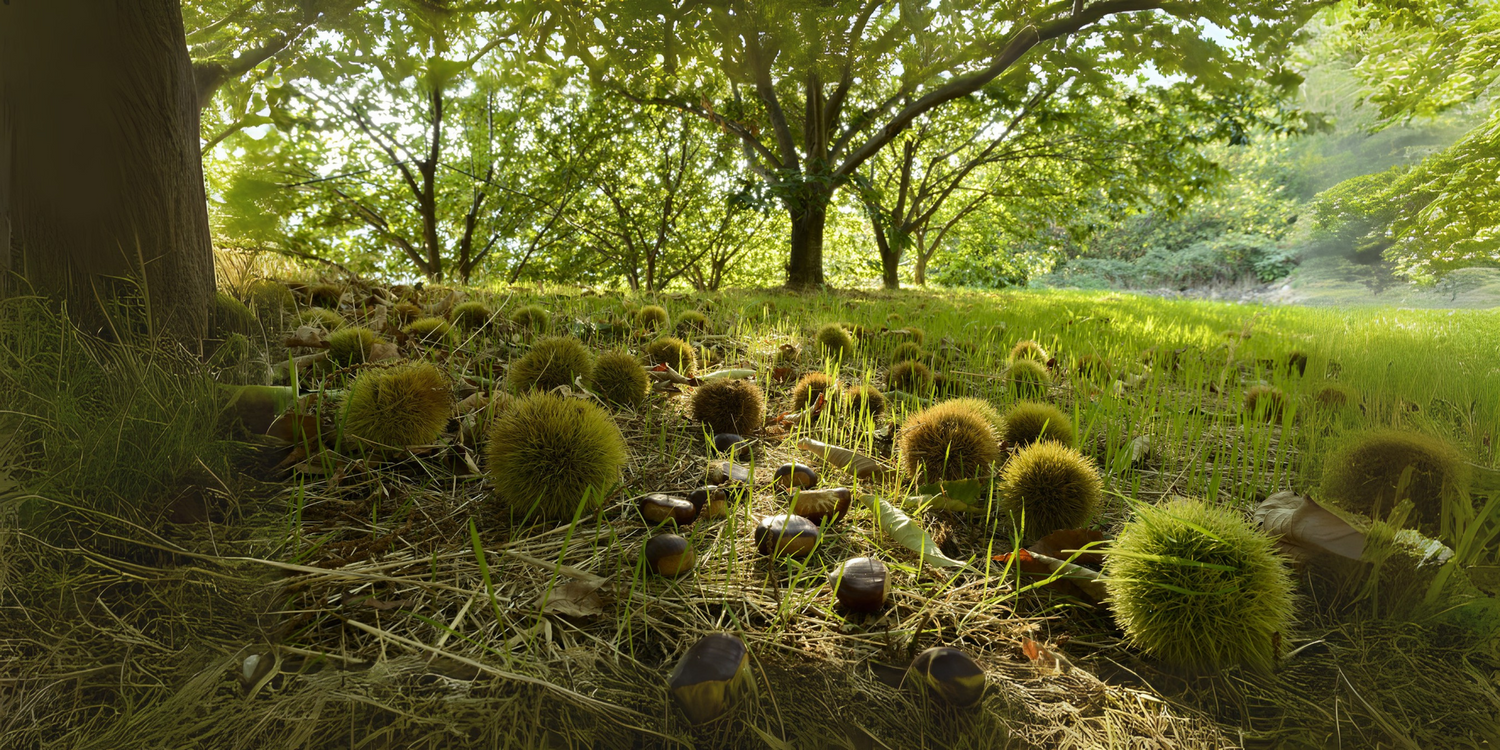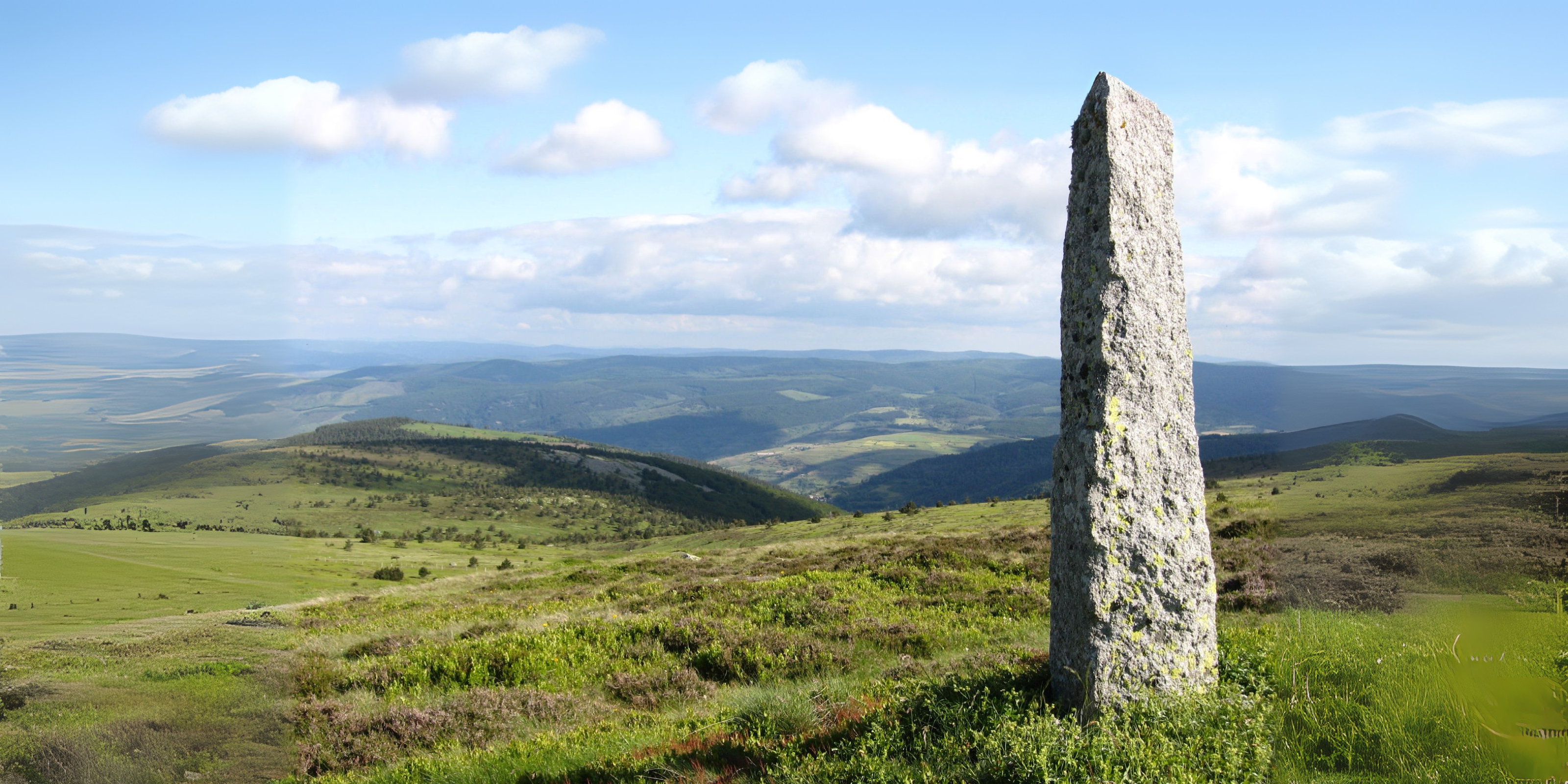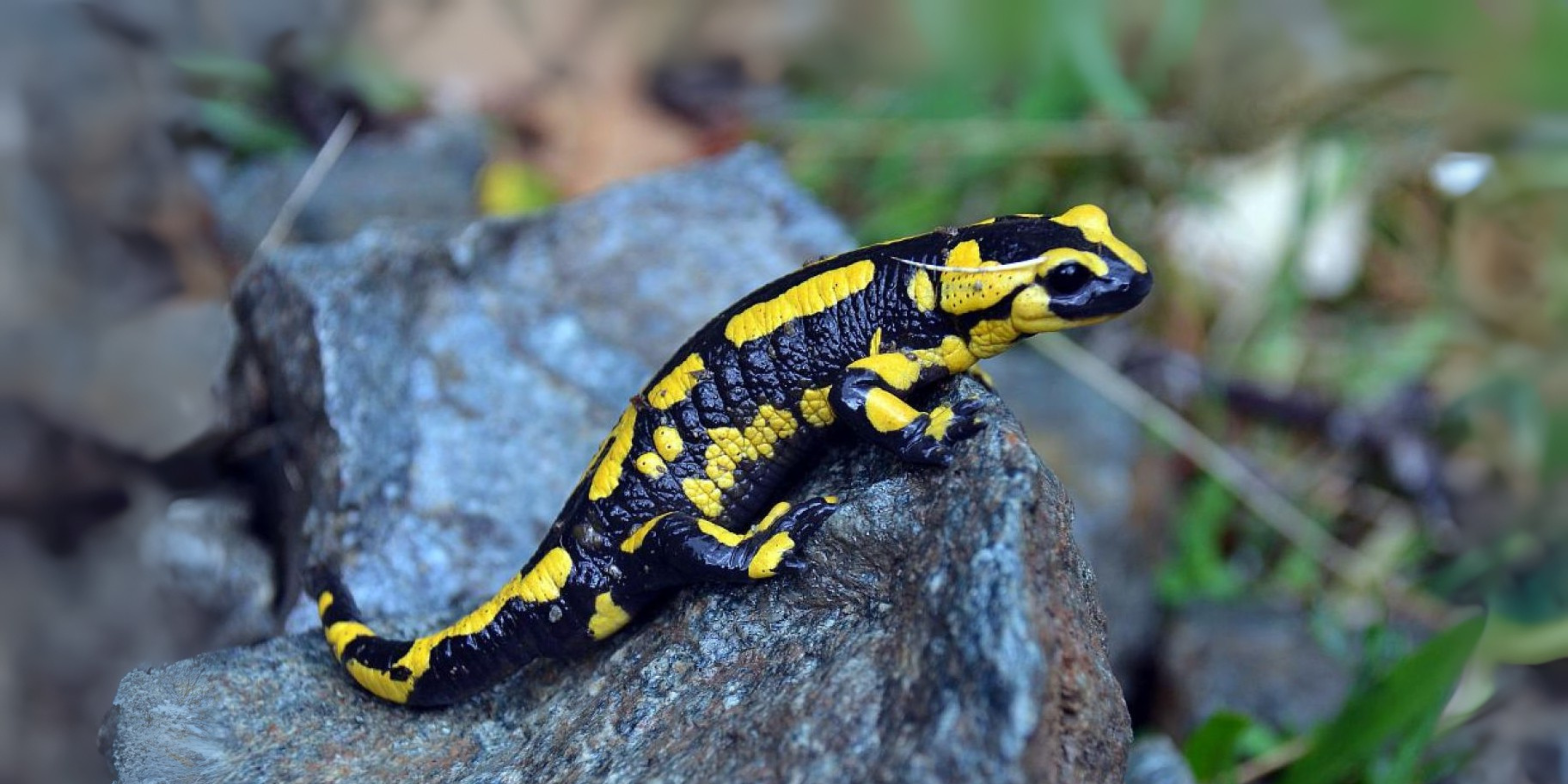It is sometimes called the breadfruit tree . In the Cévennes, it is above all the all-purpose tree . The chestnut tree is not a simple plant rooted in the steep slopes. It is a pillar of memory , a symbol of resistance , an ally of the stomach and the soul .
The Tree of the Living
The chestnut tree does not grow randomly. It climbs where other trees give up, clinging to the rockery, whipped by the wind, nourished by the mist .
Its fruits, chestnuts, have long been the bread of the poor, the sugar of winter, the fuel of transhumance . Dried, boiled, made into flour or grilled on embers, they have filled thousands of Cévennes stomachs.
“Where there are chestnuts, there are songs.” — local saying (or almost)
A generous and discreet giant
But the chestnut tree doesn't just nourish stomachs.
- Its wood heats houses and makes furniture.
- Its leaves are used to wrap goat cheese.
- Its shade shelters weary hikers and whispered tales.
It is even said to protect secrets. Some elders claim that witches never cast spells under a chestnut tree . Too wise, too ancient, too rooted in truth.
The Guardian Tree
Today, the chestnut forests continue to spread their quiet strength across the slopes of the Cévennes. Each tree is a silent guardian , a witness to the past, an ally of the present.
As a Guardian of the Cévennes , you don't just receive a certificate... You join this long line of protectors of a proudly stubborn and tirelessly vibrant territory.
In summary:
The chestnut tree does not speak. But it knows, it watches, and it feeds.




